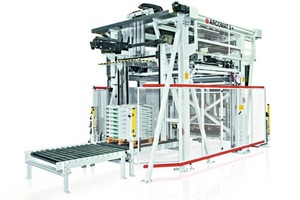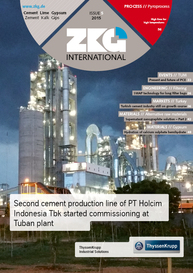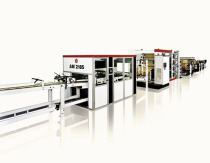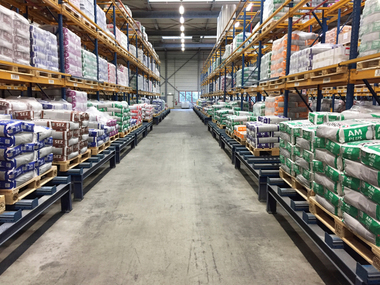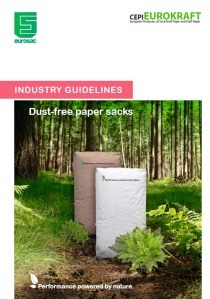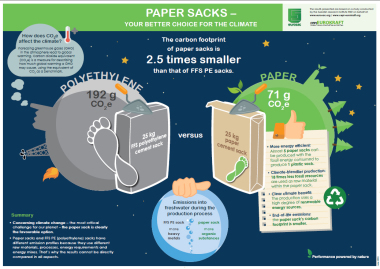W&H delivers 300th palletizing robot Arcomat to the paper sack industry
Nowadays, automatic palletizing is a must when it comes to the production of paper sacks. Whereas until the 1980s, palletizing was done manually, the significantly increased productivity of modern multiwall paper sack, folding and glueing machines (trade language “bottomers”) can only be utilized efficiently by faster and faster palletizers. At the same time quality requirements call for flat packets – only 10 to 12 sacks per packet is current practice. Both factors have driven the packet frequency from initially 10–12 packets to 33 packets/min by now. Arcomat has strongly changed the paper sack production processes and has played an important role in doing away with strenuous, tedious and repetitve works in paper sack manufacturing plants. Thus, right from the beginning Arcomat enjoyed a very good acceptance in the market not only in combination with new lines, but often also as a retrofit for existing paper sack making machines.
Palletizing robot in gantry design
Arcomat is a palletizing robot in gantry design featuring three traversing axes and a sophisticated periphery for the infeed and alignment of sack packets and empty pallets as well as for the removal of finished stacks. A special technical feature of the Arcomat is the pre-forming of the layer on a table before placing it onto the stack which leads to a significant improvement of the stack quality. Furthermore, the table serves as a buffer which can store some packets during pallet change, thus contributing to a continuous operation. Moreover, its function as a pressing plate for the finished stack is essential for a high stack quality.
Whereas the first Arcomat received its traversing programmes through a handheld programming unit, highly comfortable graphic programmes are available now which can be prepared in a separate “next-job” programme level while the machine is operative with the current job. Alternatively, it is possible to import palletizing programmes online which have previously been prepared at a work preparation station.
Although the basic concept of the Arcomat system has remained unchanged, it has experienced countless improvements in the course of its marketing cycle. Instead of a PLC in connection with a robot-type path control it now features a network-compatible IPC with touchscreen operator panel and internet-based tele-service. Its drive technology has continuously been adapted to the increasing palletizing frequency. Today, highly dynamic servo drives position and align the sack packets. A newly developed type of gripper which allows to move over the ready packet saves waiting time and has led to a performance leap of several packets/min. A motor-driven pallet lifting assembly has replaced the former scissor-type lifting table and has reduced maintenance significantly.
Even with packets of only 10–12 bags, the current ARCOMAT 3+ with its 33 packets/min. is able to keep up with the fastest W&H bottomers types AD 8300 and AD 8330 producing up to 360 sacks/min. ARCOMAT 3+ combines constantly high palletizing quality with optimized process efficiency. The 300th machine will soon leave the assembly hall in Lengerich on its way to the customer in West Africa where it will be used for the production of cement sacks.
//www.wuh-group.com" target="_blank" >www.wuh-group.com:www.wuh-group.com

